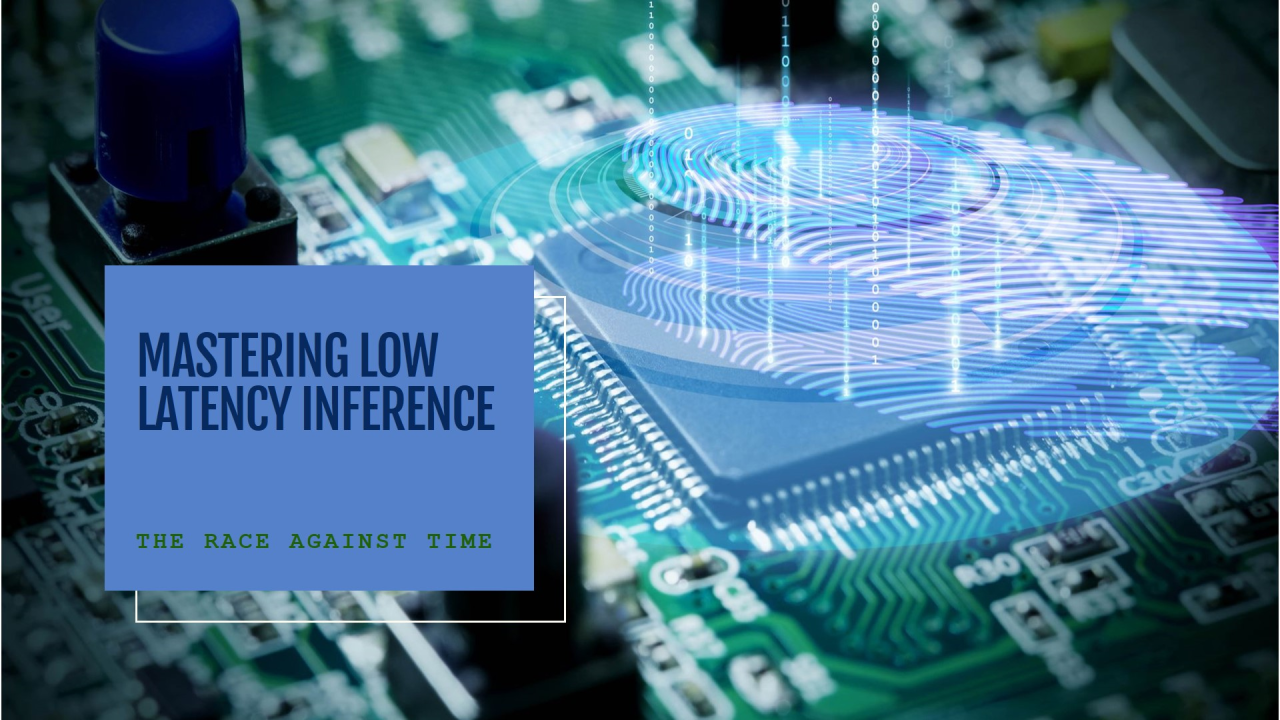Low Latency AI Solutions: Unlocking Real-Time Performance in Applications
Estimated Reading Time: 8 minutes
Key Takeaways:
- Understanding the importance of low latency in AI for various industries.
- Exploration of challenges and solutions for reducing AI latency.
- Case studies demonstrating the impact of low latency AI solutions.
In our fast-paced digital world, responsiveness is king. As artificial intelligence (AI) technology deepens its integration into applications, achieving low latency is not merely an advantage; it's a necessity. This guide addresses both the challenges and strategies of implementing effective low-latency AI solutions across various sectors.
The term low latency AI solutions refers to technologies designed to minimize delays between data input and output in AI systems. Crucial in environments like autonomous driving and financial trading, low latency enables immediate system responses, essential for safety and efficiency. Learn more at Telnyx - AI Latency.
Latency refers to the time taken for AI systems to respond to input data. In real-time applications, any delay can compromise system functionality and user experience, emphasizing the need for optimized AI responses.
- Computational Complexity: Complex models increase processing time.
- Hardware Limitations: Inadequate hardware can hinder AI processing speeds.
- Network Issues: Data transfer delays in distributed systems are critical.
Optimizing these factors is crucial for enhancing AI system efficiency. For insights, visit Amazon's guide on optimizing AI responsiveness.
To reduce latency and improve performance:
- Model Optimization: Techniques like pruning and quantization reduce computational demands.
- Hardware Acceleration: Using GPUs and TPUs enhances processing speeds.
- Efficient Data Management: Optimizing data processes to minimize delays is crucial.
Relevant strategies are detailed at Galileo - Understanding Latency in AI and Telnyx.
Technologies like TensorFlow Lite and ONNX Runtime help reduce AI latency. Details can be found in IntelRabbit's research on AI technologies.
Small businesses can leverage cloud-based AI services and local edge solutions to achieve low-latency performance without high costs. More information is available at Galileo.
- What is AI latency? The delay between AI system's data reception and response.
- Why is low latency important in AI? It ensures timely decision-making in critical applications.
- How can latency be reduced? Through model optimization, hardware acceleration, and improved data handling.
Achieving low latency in AI systems enhances their efficiency and effectiveness, crucial for maintaining competitive advantage in today's digital landscape. Utilizing advanced solutions and strategies can significantly mitigate latency-related challenges, promoting innovation across industries.





